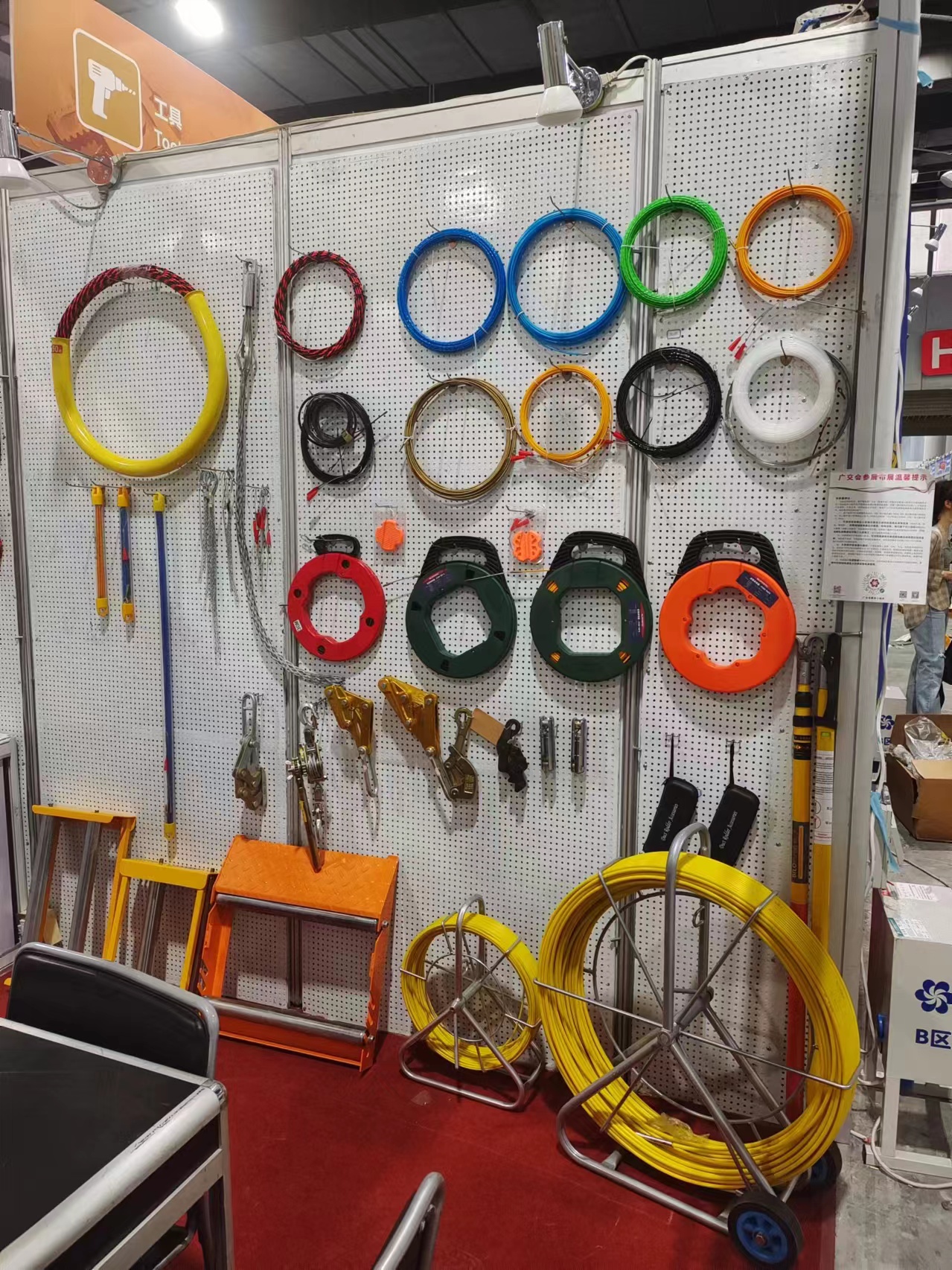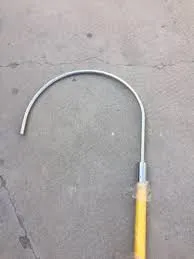
-
 Afrikaans
Afrikaans -
 Albanian
Albanian -
 Amharic
Amharic -
 Arabic
Arabic -
 Armenian
Armenian -
 Azerbaijani
Azerbaijani -
 Basque
Basque -
 Belarusian
Belarusian -
 Bengali
Bengali -
 Bosnian
Bosnian -
 Bulgarian
Bulgarian -
 Catalan
Catalan -
 Cebuano
Cebuano -
 Corsican
Corsican -
 Croatian
Croatian -
 Czech
Czech -
 Danish
Danish -
 Dutch
Dutch -
 English
English -
 Esperanto
Esperanto -
 Estonian
Estonian -
 Finnish
Finnish -
 French
French -
 Frisian
Frisian -
 Galician
Galician -
 Georgian
Georgian -
 German
German -
 Greek
Greek -
 Gujarati
Gujarati -
 Haitian Creole
Haitian Creole -
 hausa
hausa -
 hawaiian
hawaiian -
 Hebrew
Hebrew -
 Hindi
Hindi -
 Miao
Miao -
 Hungarian
Hungarian -
 Icelandic
Icelandic -
 igbo
igbo -
 Indonesian
Indonesian -
 irish
irish -
 Italian
Italian -
 Japanese
Japanese -
 Javanese
Javanese -
 Kannada
Kannada -
 kazakh
kazakh -
 Khmer
Khmer -
 Rwandese
Rwandese -
 Korean
Korean -
 Kurdish
Kurdish -
 Kyrgyz
Kyrgyz -
 Lao
Lao -
 Latin
Latin -
 Latvian
Latvian -
 Lithuanian
Lithuanian -
 Luxembourgish
Luxembourgish -
 Macedonian
Macedonian -
 Malgashi
Malgashi -
 Malay
Malay -
 Malayalam
Malayalam -
 Maltese
Maltese -
 Maori
Maori -
 Marathi
Marathi -
 Mongolian
Mongolian -
 Myanmar
Myanmar -
 Nepali
Nepali -
 Norwegian
Norwegian -
 Norwegian
Norwegian -
 Occitan
Occitan -
 Pashto
Pashto -
 Persian
Persian -
 Polish
Polish -
 Portuguese
Portuguese -
 Punjabi
Punjabi -
 Romanian
Romanian -
 Russian
Russian -
 Samoan
Samoan -
 Scottish Gaelic
Scottish Gaelic -
 Serbian
Serbian -
 Sesotho
Sesotho -
 Shona
Shona -
 Sindhi
Sindhi -
 Sinhala
Sinhala -
 Slovak
Slovak -
 Slovenian
Slovenian -
 Somali
Somali -
 Spanish
Spanish -
 Sundanese
Sundanese -
 Swahili
Swahili -
 Swedish
Swedish -
 Tagalog
Tagalog -
 Tajik
Tajik -
 Tamil
Tamil -
 Tatar
Tatar -
 Telugu
Telugu -
 Thai
Thai -
 Turkish
Turkish -
 Turkmen
Turkmen -
 Ukrainian
Ukrainian -
 Urdu
Urdu -
 Uighur
Uighur -
 Uzbek
Uzbek -
 Vietnamese
Vietnamese -
 Welsh
Welsh -
 Bantu
Bantu -
 Yiddish
Yiddish -
 Yoruba
Yoruba -
 Zulu
Zulu


Hul . 04, 2025 10:23 Back to list
Best Conduit Fishing Tools for Easy Wire Pulling Durable & Efficient Conduit Fishing Solutions
- Introduction to conduit fishing tools
and their significance - Understanding the challenges: Fishing wire through conduit
- Advanced technological features and benefits of modern solutions
- Comparative analysis of leading conduit fishing tools manufacturers
- Customized solutions for unique conduit fishing requirements
- Real-world applications and industry case studies
- Conclusion: Why conduit fishing tools are indispensable for efficient installations

(conduit fishing tools)
Essential Overview of Conduit Fishing Tools
Conduit fishing tools have revolutionized the process of routing wire and cable through conduits, becoming essential for electrical, telecommunications, and data infrastructure installations. As projects grow in complexity, the correct tool selection has a measurable impact on productivity and safety. According to a 2023 industry survey, companies using advanced conduit fishing tools reported a 38% reduction in installation time and a 22% lower incidence of project delays. The ability to pass wires through bends, junctions, and long conduit runs efficiently elevates these tools to a must-have status for professionals aiming for both speed and precision. The right equipment not only streamlines installation but significantly reduces the risks of damaging wires and conduits, leading to long-term reliability.
Challenges When Fishing Wire Through Conduit
Fishing wire through conduit presents a unique set of challenges for both seasoned professionals and newcomers. Obstacles include tight bends, debris within the conduit, and limited access points. When dealing with old or pre-installed conduit systems, technicians often encounter unknown blockages or variables such as moisture and corrosion. According to the National Electrical Contractors Association, 57% of project overruns in retrofitting are attributed to unexpected obstructions during wiring — making specialized conduit fishing tools not just a convenience, but a necessity. Furthermore, workplace safety depends on using tools that keep strain and risk to a minimum, especially during vertical or overhead runs. The evolution of conduit fishing solutions is closely tied to the industry's demand for higher efficiency, reduced physical effort, and minimal disruption to existing infrastructure.
Technological Advancements and Performance Advantages
Recent advancements in conduit fishing have introduced a new generation of tools that blend strength, flexibility, and electronic enhancements. Traditional fish tapes made from steel or fiberglass remain popular for standard applications, but high-performance alternatives featuring polymer composites and rotating heads now dominate demanding environments. Smart conduit fishing tools equipped with integrated cameras and ferrous tip locators can provide visual confirmation inside conduit channels, reducing guesswork and minimizing error rates.
Performance data illuminate the benefits: while manual fishing methods can average 20-30 minutes for a 100-foot conduit run with several bends, advanced push-pull fish tapes or vacuum-assisted wire pullers routinely accomplish the same in under 10 minutes, even in obscured pathways. Ergonomic handles, improved recoil systems, and anti-corrosion treatments further enhance tool durability and user comfort. For projects involving multi-cable installations or sensitive data lines, anti-static and low-friction coatings help prevent insulation damage, ensuring the longevity of high-value wiring.
Manufacturer Comparison: Data-Driven Analysis
The value proposition of conduit fishing tools varies significantly between manufacturers, with differences in build quality, warranty, feature sets, and user experiences. Below is a comparative table highlighting three industry leaders based on independent testing and end-user reviews:
| Manufacturer | Model | Material | Typical Pull Strength (lbs) | Integrated Camera | Maximum Length (feet) | Warranty (years) | User Rating (5.0) |
|---|---|---|---|---|---|---|---|
| Greenlee | Fishtape Pro 445-30 | Steel Alloy | 500 | No | 120 | 2 | 4.7 |
| Klein Tools | Multi-Flex 56331 | Polymer Composite | 400 | No | 100 | 1 | 4.6 |
| Ideal Industries | Vision Pro 31-401 | Fiberglass + Camera | 350 | Yes | 125 | 3 | 4.8 |
As the table illustrates, while Greenlee offers premium durability and higher pull strength, Ideal Industries leads in smart features with its integrated camera and extended warranty. Proper selection depends on the application's complexity, run lengths, and whether on-site visualization is required.
Customizing Conduit Fishing Solutions
Not all conduit runs are created equal, and standard tools may not address every project's demanding requirements. For instance, high-rise buildings, industrial complexes, or sites with hazardous environments (such as petrochemical plants) may need non-conductive, flame-retardant conduit fishing tools. Custom tools — such as extra-long fish tapes, modular heads for varying conduit diameters, or in-line cable lubricators — can significantly enhance performance and safety.
In addition, manufacturers now offer tailored kits designed for specialized cable types, including fiber optics and high-frequency data lines, which require gentler routing mechanisms. Engineering teams may collaborate directly with tool designers to develop custom pullers with interchangeable heads or remote feed capabilities for inaccessible locations. Deployment data from major European contractors show a 19% drop in workplace injuries when teams used ergonomic, purpose-built fishing tools compared to generic alternatives. The trend toward customization is driven by the ever-increasing complexity and diversity of modern building systems.
Real-World Applications and Industry Case Studies
Conduit fishing tools play a pivotal role in various industries, from commercial construction to renewables and aerospace. In a 2022 retrofit at the Dallas Convention Center, engineers successfully replaced 9 miles of data cabling in existing conduits using camera-equipped fish tools, saving an estimated $240,000 in labor and access costs versus traditional demolition and rebuild. Another case at a leading semiconductor manufacturer leveraged vacuum-assisted conduit fishing to install redundant power supplies across 60,000 sq ft of clean rooms, where any contamination or physical cable damage could result in millions in product losses.
Large-scale public infrastructure projects, such as subway systems and airport terminals, increasingly employ GPS-assisted conduit mapping tools that interface directly with smart fish tapes. These hybrid systems allow teams to document every step of the wire installation and minimize the risk of errors or unplanned interruptions. The growing body of case studies demonstrates that the right tool selection results in measurable cost savings, smoother schedules, and consistently higher quality outcomes.
Conclusion: The Undeniable Value of Conduit Fishing Tools
In today's demanding installation environments, conduit fishing tools stand as a cornerstone of efficient, high-quality, and safe cable routing. The synergy of technical innovation, customization, and proven performance across diverse projects underscores their indispensability. Whether navigating complex retrofits, accelerating new builds, or optimizing data infrastructure, the strategic adoption of advanced conduit fishing solutions directly translates to measurable business success. By integrating top-tier products tailored to specific site challenges, organizations can secure long-term operational reliability and substantial returns on investment.

(conduit fishing tools)
FAQS on conduit fishing tools
Q: What are conduit fishing tools?
A: Conduit fishing tools are specialized devices used to pull wires or cables through electrical conduit. These include fish tapes, rods, and pull lines. They're essential for efficient and safe electrical installations.Q: How do I use conduit fishing tools to run wire?
A: Start by inserting the fish tape or rod into one end of the conduit. Attach the wire to the tool, then gently pull it through the conduit. This makes fishing wire through conduit much easier and faster.Q: What types of conduit fishing tools are available?
A: Common conduit fishing tools include steel fish tapes, fiberglass rods, and wire pullers. Each is suited for different lengths and types of conduit. Choose the right tool based on your project's requirements.Q: Can conduit fishing tools be used with flexible and rigid conduit?
A: Yes, most conduit fishing tools work with both flexible and rigid conduit. Ensure the tool you select matches the conduit size and type. This ensures smoother fishing and less risk of tool or wire damage.Q: Are there tips for easier fishing wire through conduit?
A: Use lubricant to minimize friction and avoid sharp bends in the conduit. Always keep the fish tape straight and avoid twisting. These practices make fishing wire through conduit smoother and safer.Latest news
duct-rodders-and-conduit-rod-tools
NewsAug.22,2025
ratchet-pullers-and-wire-tightening-tools
NewsAug.22,2025
chain-ratchet-pullers-and-hoist-solutions
NewsAug.22,2025
telescopic-hot-stick-for-electrical-and-high-voltage-use
NewsAug.22,2025
cable-clamp-and-insulated-cable-clamp-systems
NewsAug.22,2025
duct-rodder-conduit-rodder-and-cable-solutions
NewsAug.22,2025








